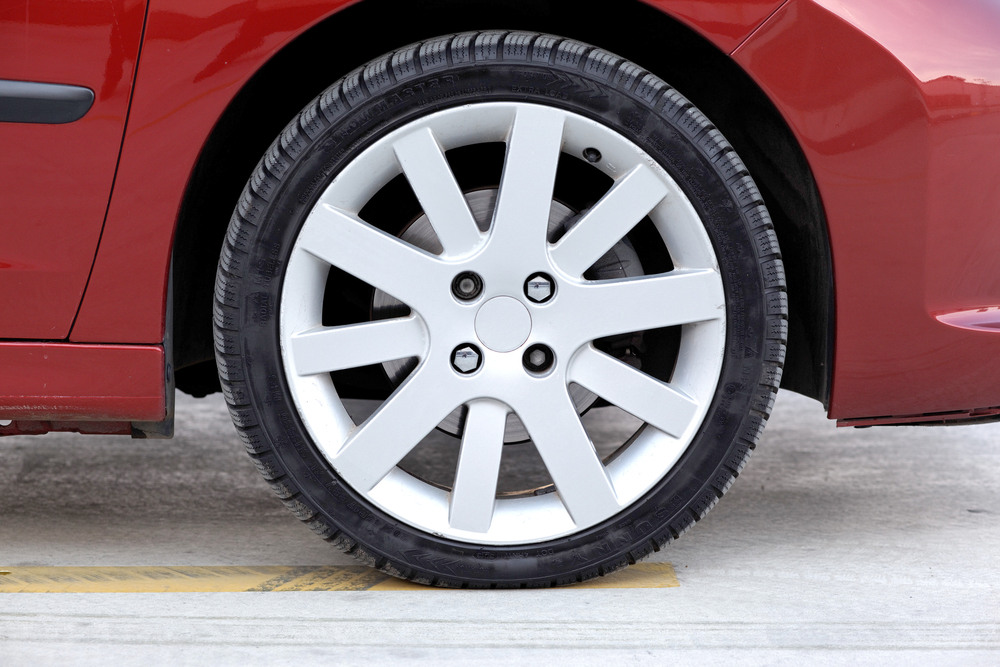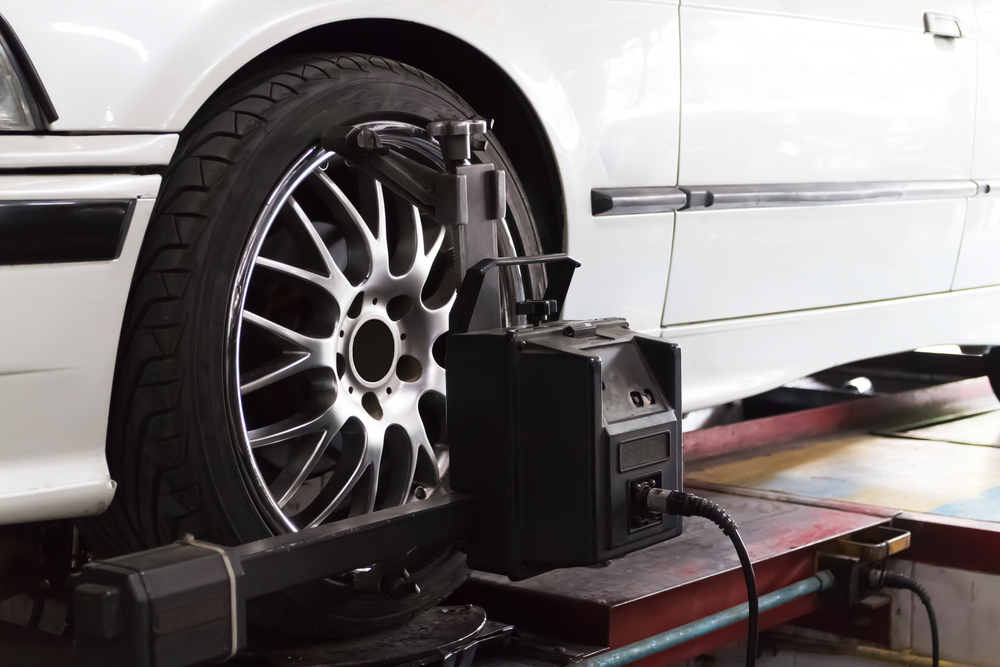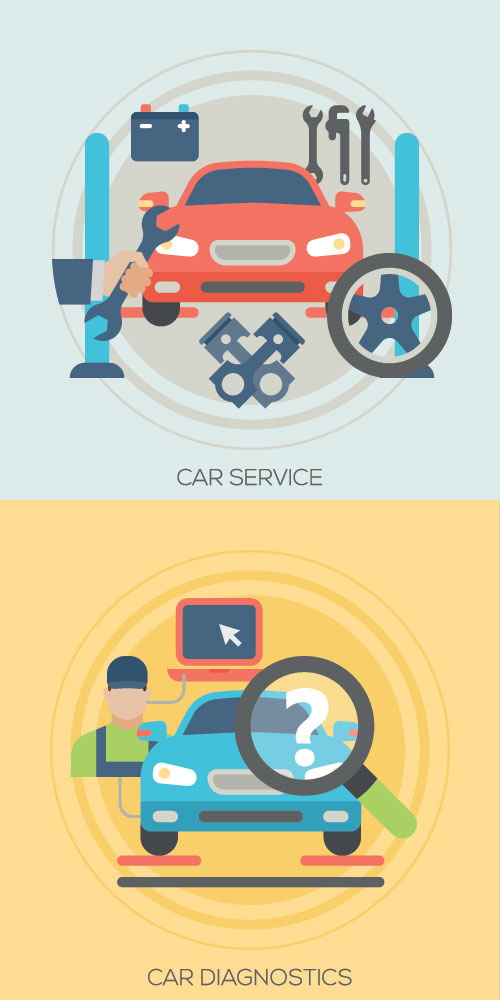 While many people appreciate that they should change their tyres during the colder months, many drivers do not appreciate that this may also be the case for their wheels. But while this may make investment in a new car more expensive, it is definitely the safest way to go.
While many people appreciate that they should change their tyres during the colder months, many drivers do not appreciate that this may also be the case for their wheels. But while this may make investment in a new car more expensive, it is definitely the safest way to go.
The Benefits of Changing Tyres
When cars are initially sold, most will come with summer tyres. These tyres have less friction than the winter version and will therefore perform better in warmer climates.With a summer tyre, less of the rubber will actually sit on the road, therefore reducing the drag on the car. This increases the fuel efficiency within the engine and gives the driver a much more positive driving experience.However, when cold or wet weather comes, this lack of friction can cause a problem. The summer tyre is more likely to lose traction on the road or on uneven ground. And without the increased tread of a winter tyre any snow on the road can build up on the tyre quickly creating a snowball effect, leading to some very serious accidents.In bad weather, a winter tyre provides more control to the driver and therefore makes manoeuvring in poor conditions much easier. A flatter tyre and larger tread draws water and snow up into gaps in the tyre leaving the contact with the road unhindered, and therefore much safer to drive.That increased friction also encourages the driver to drive more slowly, therefore improving car safety during the most dangerous driving months of the year.
But There Are Disadvantages to Winter Tyres
While winter tyres are vital in winter, if they are used in the summer the flatness of the tyre can actually reduce handling ability. Lower tyre performance can increase breaking times and make bends difficult to handle, therefore making them far more challenging.
The answer, therefore, is to invest in both.
The initial cost may be a little eye-watering, but investing in summer and winter tyres can save lives. In some countries, winter tyres are now a legal requirement for the worst months of the year. And statistically the results have been very positive. Even the action of changing the tyres themselves enables drivers to consider their driving habits encourages them to adapt to the new conditions.
A Tyre for All Seasons?
In recent years there has been an introduction of ‘all season’ tyres onto the market that are looking to negate the need for separate tyres depending on the weather conditions. Indeed there are also alternatives to winter tyres such as tyre socks and snow chains. And while all of these products will go some way to improving the driving experience in bad weather, none can provide the efficiency and safety all year round. And until that changes, the safest bet is to get that second set of tyres.
